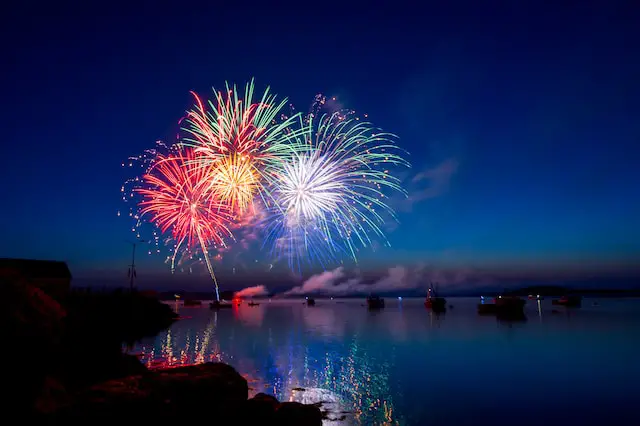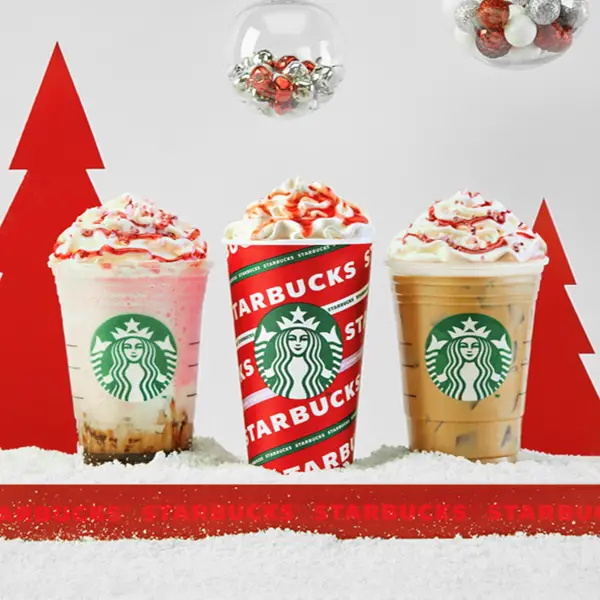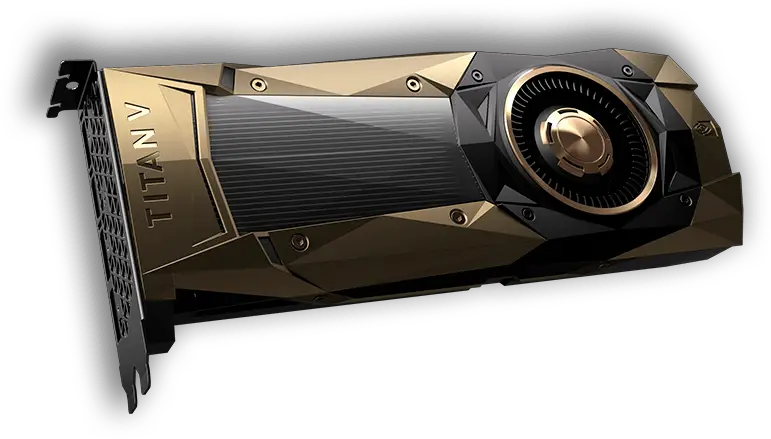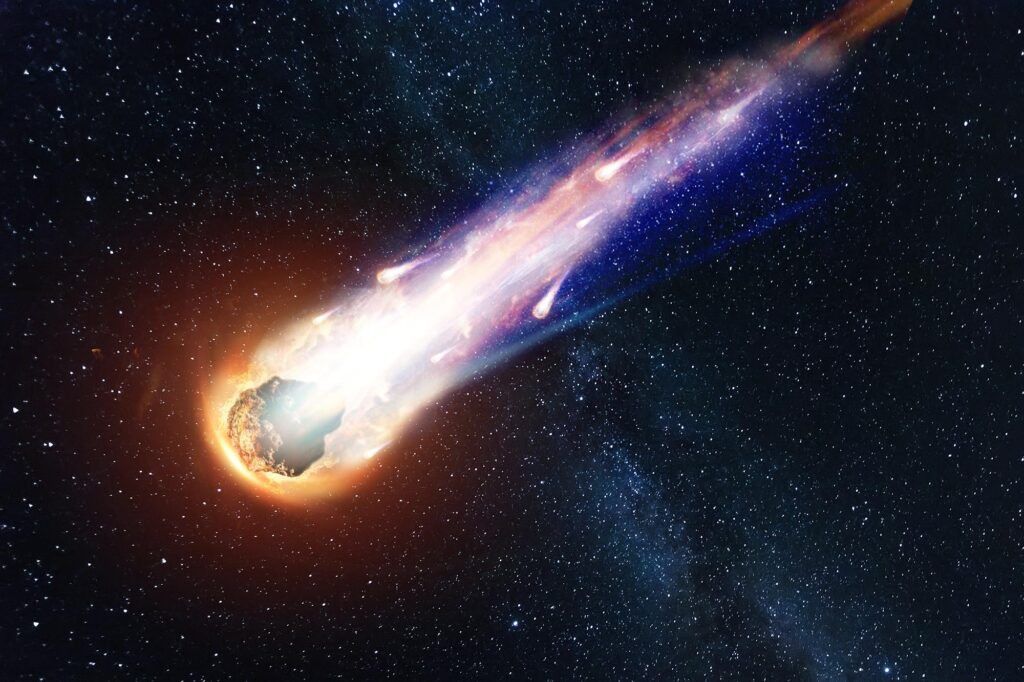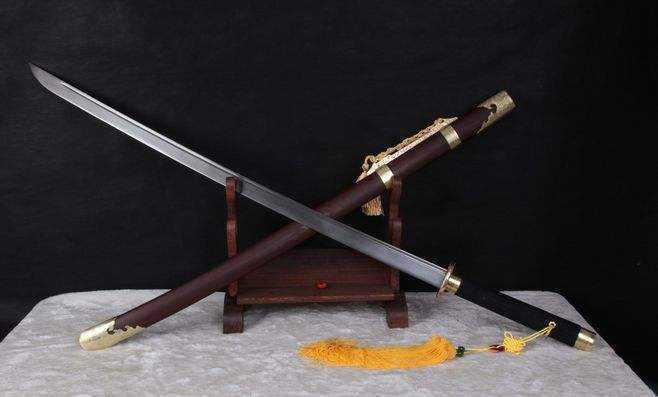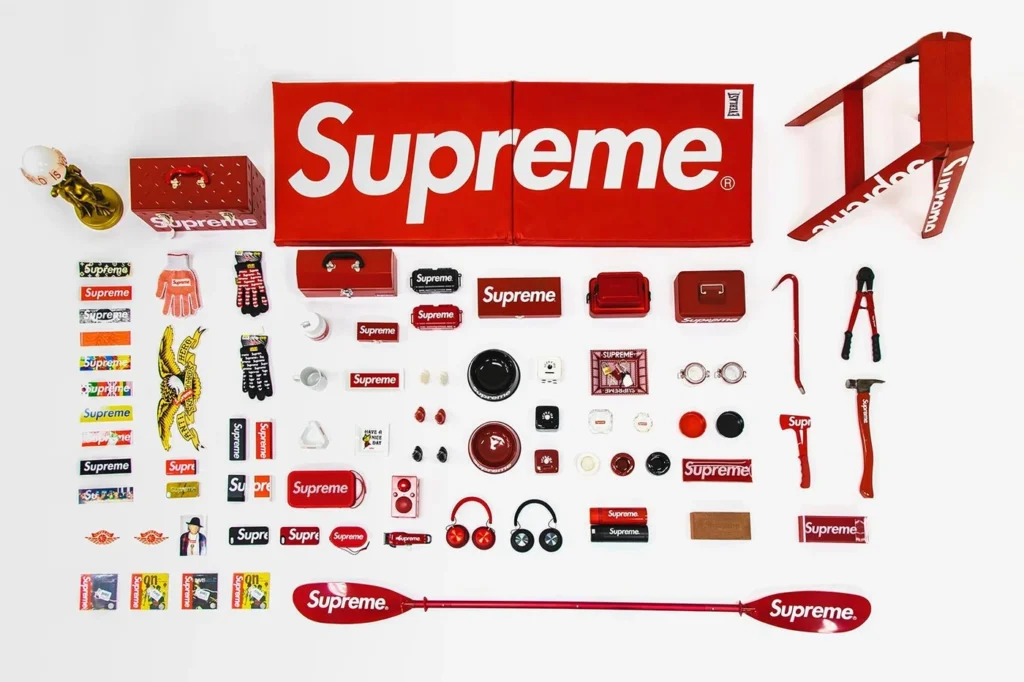Why Are Fireworks So Expensive?
Fireworks have been a staple of American Independence Day celebrations for as long as anyone can remember. But as consumers load up on their favorite pyrotechnics to mark the occasion, they may notice that prices seem to be going up year after year. So why are fireworks so expensive? In this article, we’ll explore some of the factors that contribute to higher prices in the fireworks industry.
One of the main factors driving up the cost of fireworks is the complex supply chain involved in their production and distribution. From sourcing the chemicals used to create the colorful explosions to packaging and transporting the finished products, every step of the process requires careful coordination and significant resources.
This supply chain complexity can also lead to increased shipping costs, which are ultimately passed on to consumers. Fireworks are typically shipped from manufacturers in China and other countries to distributors in the United States. Shipping costs can be affected by a number of factors, including fuel prices, tariffs, and import/export regulations.
Another contributing factor to the high cost of fireworks is the safety regulations and insurance requirements that are necessary to operate a fireworks business. The American Pyrotechnics Association (APA) has set strict safety standards for the industry, and all fireworks businesses must comply with these regulations to ensure the safety of their customers and employees.
Furthermore, fireworks businesses must carry significant insurance coverage to protect themselves against the risk of accidents or injuries. This insurance can be costly, and the cost is ultimately passed on to consumers in the form of higher prices.
Finally, the increased demand for fireworks around the Fourth of July holiday can also drive up prices. Many consumers only purchase fireworks once a year for this holiday, creating a surge in demand that can lead to higher prices. This demand surge can also put a strain on the supply chain, causing delays in shipping and higher costs for distributors and retailers.
Despite these factors contributing to higher prices, the fireworks industry remains a highly competitive marketplace. Companies like Phantom Fireworks and other major retailers compete fiercely for customers and offer a wide range of products at varying price points.
In conclusion, the high cost of fireworks can be attributed to a number of factors, including the complexity of the supply chain, safety regulations and insurance requirements, shipping costs, and holiday demand surges. However, the fireworks industry remains a thriving and competitive marketplace, with many options available for consumers at varying price points.
While prices may continue to fluctuate year after year, one thing is certain: fireworks will remain an essential part of Independence Day celebrations for years to come. As we enjoy the colorful displays and booming explosions this holiday season, let’s remember the hard work and dedication that goes into bringing these fireworks to our communities.
Frequently Asked Questions
When were fireworks invented?
The exact origins of fireworks are not known, but the earliest recorded use of fireworks dates back to ancient China during the Tang Dynasty (618-907 AD). Legend has it that a Chinese cook accidentally mixed together three common ingredients – saltpeter, sulfur, and charcoal – which resulted in an explosive combination, and later on for ceremonial purposes such as celebrations and festivals.
Fireworks then spread to other parts of Asia, the Middle East, and Europe, and became popular in the 14th century. It is believed that the Italians were the first to use fireworks for entertainment purposes during the Renaissance period.
Today, fireworks are used all over the world for various celebrations, including Independence Day in the United States, Guy Fawkes Night in the United Kingdom, New Year’s Eve in many countries, and many other cultural and religious events.
How to draw fireworks?
Here are the steps to draw fireworks:
1. Start by drawing a small circle where you want the center of your fireworks to be.
2. Draw a few curved lines that extend outwards from the center, like the rays of a starburst. These lines should be irregular and wavy.
3. At the end of each line, draw a small circle or oval shape to represent the explosion of the firework.
4. Add more curved lines and explosions, creating a symmetrical pattern around the center of your fireworks.
5. Use colors to fill in your fireworks. Fireworks can be any color, so feel free to get creative and experiment with different hues.
6. Add some sparkles or stars around the fireworks to create a festive and magical look.
Remember, fireworks are meant to be explosive and unpredictable, so don’t worry about making them look too perfect or symmetrical. Let your imagination run wild and have fun with it!
How much does Disney spend on fireworks?
Disney does not disclose exactly how much they spend on fireworks. However, it is known that Disney spends millions of dollars on fireworks each year, as they put on elaborate and impressive firework shows at many of their parks and resorts around the world. For example, the nightly fireworks show at Walt Disney World’s Magic Kingdom, called “Happily Ever After,” is estimated to cost around $50,000 per show. Additionally, Disney invests a lot of money in creating and designing their own unique pyrotechnics that are used in their shows. Overall, it is safe to say that Disney spends a significant amount of money on their fireworks displays to create memorable experiences for their guests.
How old do you have to be to buy fireworks?
The laws regarding the minimum age to buy fireworks vary by state and country. In the United States, the minimum age to buy fireworks is generally 18 years old, although some states have a higher minimum age requirement or restrict the sale of certain types of fireworks to licensed professionals. It’s important to check the local laws and regulations in your area before purchasing or using fireworks. Additionally, it’s always recommended to use fireworks under the supervision of a responsible adult, regardless of age.
What are fireworks made of?
Fireworks are made of a combination of chemical compounds that are packed into various types of shells or tubes. The specific chemical compositions and colors of fireworks depend on the desired effect and colors that are desired. Here are some of the main components of fireworks:
1. Oxidizers: These are substances that provide oxygen to support the chemical reactions that create the bright light and loud noise associated with fireworks. Common oxidizers include potassium nitrate (saltpeter), sodium nitrate, and potassium perchlorate.
2. Reducing agents: These are substances that release electrons to help sustain the combustion process in fireworks. Common reducing agents include sulfur, charcoal, and aluminum.
3. Coloring agents: These are chemicals that create the different colors in fireworks. For example, copper compounds create blue colors, barium compounds create green colors, and strontium compounds create red colors.
4. Binders: These are substances that hold the various chemicals together in the firework shell. Common binders include dextrin and gum arabic.
5. Fuels: These are substances that provide energy to the firework reaction. Common fuels include charcoal, sulfur, and aluminum.
Overall, the precise composition of a firework will depend on the desired effect and color, but these components are typically used in some combination to create the bright and colorful displays that we enjoy during celebrations and events.
Who purchases most fireworks in the world?
It is believed that China, which is also the largest manufacturer of fireworks in the world, is also one of the biggest consumers of fireworks. Other countries with significant fireworks consumption include the United States, India, and Japan, among others.
What is the markup on fireworks?
The markup on fireworks can vary depending on various factors such as the type of firework, the location of the seller, and the time of year. Typically, the markup can range from 20% to 400%. Fireworks sold in a specialty store or stand, especially during peak season, tend to have a higher markup than those sold at a regular store. Additionally, the cost of importing fireworks and complying with regulations can also increase the cost of fireworks and contribute to the markup.
How is fireworks a waste of money?
Fireworks can be considered a waste of money in a few different ways.
Firstly, they are often used for one-time events such as the Fourth of July or New Year’s Eve, meaning that the money spent on them is essentially gone once the event is over. This is especially true for consumer-grade fireworks, which can only be used once and are not typically re-sellable.
Secondly, fireworks can be dangerous if not handled properly, which can result in injuries and property damage. The costs associated with treating injuries and repairing damage caused by fireworks can far outweigh the cost of the fireworks themselves.
Lastly, some argue that the money spent on fireworks could be better used in other ways, such as donating to charity or investing in education or infrastructure. This is a matter of personal opinion and priorities, but it is worth considering the opportunity cost of spending money on fireworks rather than other potential uses.
Ultimately, whether or not fireworks are a waste of money is subjective and depends on individual values and circumstances. However, it is important to consider the potential risks and costs associated with using fireworks, as well as alternative uses for the money spent on them.
How much do Americans pay for fireworks?
The amount Americans pay for fireworks varies depending on a variety of factors, including the type and quantity of fireworks being purchased and the location where they are being purchased. According to the American Pyrotechnics Association, the average consumer firework spending per household in the US was $324. However, this number may be higher or lower depending on the state or city where the fireworks are being purchased, as well as individual spending habits. Additionally, some people may choose to attend professional fireworks displays instead of purchasing their own fireworks, which can also impact the overall cost.

